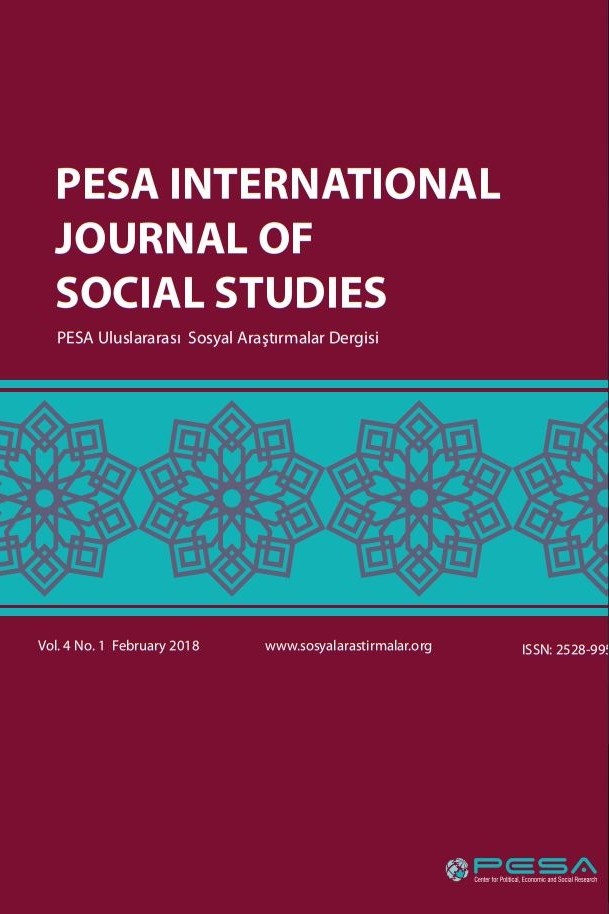How Organizational Structures, Policies and Practices Trigger Corruption
How Organizational Structures, Policies and Practices Trigger Corruption
Organizational corruption results in dismantlement of the entire structure, resulting in inefficient decisions and implementations. We examined how corruption is being triggered by the embedded organizational structure and policies after interviewing more than 40 individuals from both blue & white collar employees in both private & public sectors. We argue that corruption is not only practiced for private gains, but there are situations where an individual is bound to get tangled in routinized corrupt activities due to embedment of irrational structural background and processes, emphasizing on an important point that the overall system needs to be strengthened to eradicate corruption in a different dimension.
___
- Aguilera, R. V., & Vadera, A. K. (2008). The dark side of authority: Antecedents, mechanisms, and outcomes of organizational corruption. Journal of Business Ethics, 77(4), 431-449.
- Ashforth, B. E., & Anand, V. (2003). The normalization of corruption in organizations. Research in organizational behavior, 25, 1-52.
- Antonakas, N. P., Seimenis, I., & Konstantopoulos, N. (2014). The organizational structure of the public service and its role on the level of corruption: the case of Greek tax administration. Procedia-Social and Behavioral Sciences, 148, 494-500.
- Brown, B., & Reed Benedict, W. (2002). Perceptions of the police: Past findings, methodological issues, conceptual issues and policy implications.Policing: An International Journal of Police Strategies & Management, 25(3), 543-580.
- Jamil, I., & Panday, P. (2012). Inter-organizational coordination and corruption in urban policy implementation in Bangladesh: A case of Rajshahi City Corporation. International Journal of Public Administration, 35(5), 352-366.
- Lee, H., Lim, H., Moore, D. D., & Kim, J. (2013). How police organizational structure correlates with frontline officers’ attitudes toward corruption: A multilevel model. Police Practice and Research, 14(5), 386-401.
- Luo, Y. (2005). An organizational perspective of corruption. Management and Organization Review, 1(1), 119-154.
- Masters, A. B., & Graycar, A. (2016). Making Corruption Disappear in Local Government. Public Integrity, 18(1), 42-58.
- Nas, T. F., Price, A. C., & Weber, C. T. (1986). A policy-oriented theory of corruption. American Political Science Review, 80(01), 107-119.
- Pinto, J., Leana, C. R., & Pil, F. K. (2008). Corrupt organizations or organizations of corrupt individuals? Two types of organization-level corruption. Academy of Management Review, 33(3), 685-709.
- Zyglidopoulos, S. C., Fleming, P. J., & Rothenberg, S. (2009). Rationalization, overcompensation and the escalation of corruption in organizations. Journal of Business Ethics, 84(1), 65-73.
- ISSN: 2528-9950
- Yayın Aralığı: Yılda 3 Sayı
- Başlangıç: 2015
- Yayıncı: Politik Ekonomik ve Sosyal Araştırmalar Merkezi
Sayıdaki Diğer Makaleler
Bahâr-ı Efkâr’a Göre Keçecizâde İzzet Molla’nın Şiir Anlayışı - I: İdeal Şiirin Vasıfları
Hegemonya ve Karşı-Hegemonik Sızıntılar: Yeni Bir Kavramsallaştırma Denemesi
Postmodern İnsanın Tanrı Anlayışı
İç Göç Sürecinde Birey Rollerinin Toplumsal Cinsiyet Açısından Değerlendirilmesi
Yusuf GENÇ, Hüseyin Zahid KARA
Amina Ibrahim Inkani, Sani Abubakar Mashi
Türk Tipi Başkanlık Sistemi Tartışmaları
Florentina Shala BRAHA, Vilard BYTYQI, Dardan VUNIQI, Fadil BERİSHA
Ahmet Mithat Efendi’de ‘Aşk’, ‘Sevda’ Kavramları Çerçevesinde İktisat Algısı ve Protestan Ahlakı
How Organizational Structures, Policies and Practices Trigger Corruption
